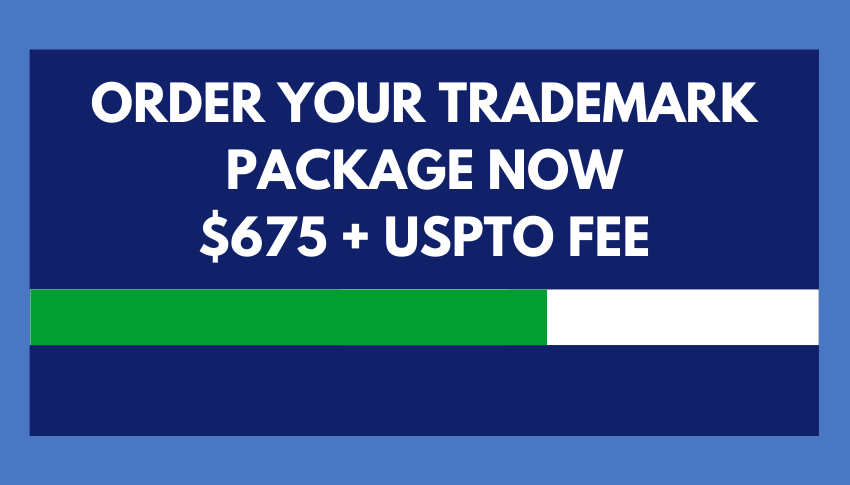It’s summertime! The time of year when productivity slows (except here at Flat Fee Trademark) and minds wander toward vacation time and trip planning. Whether you’re staying local or planning a big international holiday, summer is that time of year when everyone takes a pause to savor the season. And there’s no better time to consider a little known topic known as Trademark Geographical Indication.
Perhaps you’re off to Italy to sample some Parma ham, or France to indulge in some French champagne. Maybe you’re heading south of the border to Mexico to soak up some sun and tequila. Then you may be interested to know, these are just a few common examples of trademark Geographical Indications.
So, what exactly is a Geographical Indication, how are they protected and how do they differ from ordinary trademarks? We turned to WIPO, the World Intellectual Property Organization, for some answers and also share some common GI examples.
What is a Geographical Indication?
A geographical indication (GI) is a sign used on products that have a specific geographical origin and possess
qualities or a reputation that are due to that origin. In order to function as a GI, a sign must identify a product as originating in a given place. In addition, the qualities, characteristics or reputation of the product should be essentially due to the place of origin.
Since the qualities depend on the geographical place of production, there is a clear link between the product and its original place of production.
What purpose does a Geographical Indication serve?
A geographical indication right enables those who have the right to use the indication to prevent its use by a third party whose product does not conform to the applicable standards. For example, in the jurisdictions in which the Darjeeling geographical indication is protected, producers of Darjeeling tea can exclude use of the term “Darjeeling” for tea not grown in their tea gardens or not produced according to the standards set out in the code of practice for the geographical indication.
However, a protected geographical indication does not enable the holder to prevent someone from making a product using the same techniques as those set out in the standards for that indication.
What goods or services are usually covered by Geographic Indications?
Geographical indications are typically used for agricultural products, foodstuffs, wine and spirit drinks, handicrafts, and industrial products.
How does a GI differ from a Trademark?
GIs identify a product as originating from a particular place. By contrast, a trademark identifies goods or services as originating from a particular company.
A trademark often consists of a fanciful or arbitrary sign. In contrast, the name used as a geographical indication is usually predetermined by the name of a geographical area.
How are GIs protected?
There are three main ways to protect a trademark geographical indication:
1. Through sui generis systems (i.e. special regimes of protection);
2. Using collective or certification marks; and
3. Methods focusing on business practices, including administrative product approval schemes.
Geographical indications are protected in different countries and regional systems through a wide variety of approaches and often using a combination of two or more of the approaches outlined above. These approaches have been developed in accordance with different legal traditions and within a framework of individual historical and economic conditions.
What are some common GI examples?
Three are listed above, and in addition there is:
Cafe de Colombia – Colombia
Blue Mountain coffee – Jamaica
Darjeeling tea – Darjeeling, India
Gruyere cheese – Switzerland
Idaho potatoes – United States
Parmigiano Reggiano cheese – Italy
Roquefort cheese – Roquefort-sur-Soulzon, France
Swiss watch – Switzerland
Thai Silk – Thailand
So there you have it, a little knowledge and food for thought on your vacation this summer. Enjoy!
For more information on Geographical Indications, or just to chat about your travel plans, feel free to give us a call, (800) 769-7790, or drop us a line via Contact Us.
We offer complimentary consultations with one of our trademark attorneys, and we’re always happy to hear from you!
*Source – WIPO



